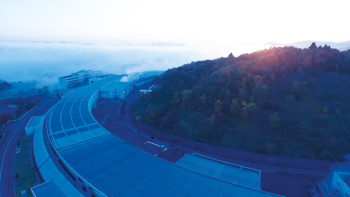 Read article 'Daresbury’s proposed 4G light source moves forward'
Read article 'Daresbury’s proposed 4G light source moves forward'
Daresbury’s proposed 4G light source moves forward
Following extensive peer review, the fourth-generation light source proposed for the Daresbury laboratory, UK, has been given the green light to proceed to the next stage of planning.










